The taste of the ramen is brought to another level with incredible seasoning and delectable toppings. The joy of eating the exquisite dish is unparalleled with any other when paired with the perfect ingredients. But, if you are curious about how many calories are in ramen seasoning, we have the right answer.
Ramen seasoning packets typically contain less than 10 calories per packet. However, the amount of calories in ramen seasoning can vary depending on the brand. Some brands may have more or less than 10-15 calories per packet.
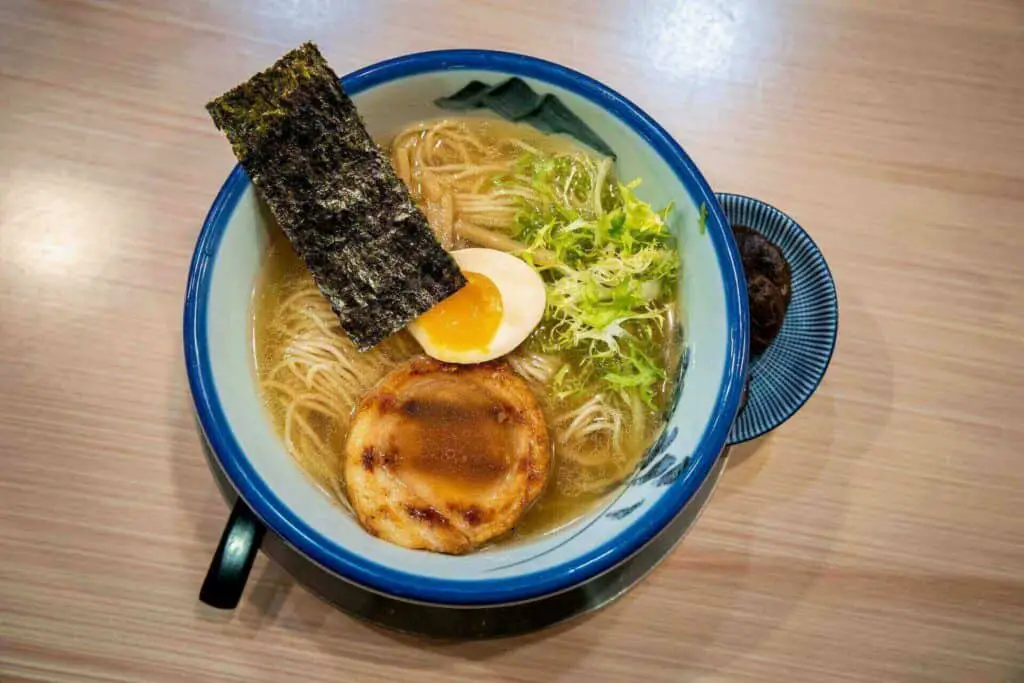

What Is Considered Ramen Seasoning?
Ramen seasoning is thought to be one of the primary reasons why the dish is delicious and appetizing. Without the right ingredients and spices, the cozy bowl would be bland and boring. The genuine flavor is in the broth, but the seasoning makes all the toppings stand out. For this reason, there is a packet with spices sold alongside noodles. Here is a list of spices that are considered a must when preparing ramen:
- Garlic powder,
- Onion powder,
- Black pepper,
- Paprika,
- Ginger powder,
- Dehydrated vegetables (mushrooms, carrots, green onions)
- Sugar,
- Red pepper,
- Salt,
- Corn flour,
- Poultry seasonings,
- Red pepper seed oil,
- Soybean paste powder,
- Soy Sauce powder.
Apart From Regular Seasoning, There Are Homemade Options That Can Make the Dish Even Tastier
You can add only the spices from the store-bought packet, and your top ramen will turn out excellent. However, some enthusiasts and lovers of Japanese cuisine would like to season their dishes with additional and unique spices. Some natural ingredients you can include in the broth you are preparing at home are:
- Cayenne pepper,
- Beef bouillon powder,
- Soup stock powder,
- Chicken bullion powder,
- Dried chives,
- Poultry seasoning,
- Nutritional yeast.
How Many Calories Are in a Ramen Seasoning Packet?
The only product that contains the right information about the calories in the ramen seasoning is the Maruchan – Ramen Seasoning Packet. Their product is included in the sachet of noodles.
One can read on the back of the packet all the nutrition facts about the noodles as well as the spices. Their serving size is 0.75 tsp. One packet of spices is enough for one bowl of ramen soup.
The ramen seasoning contains ten calories or less and zero carbohydrates for one serving.
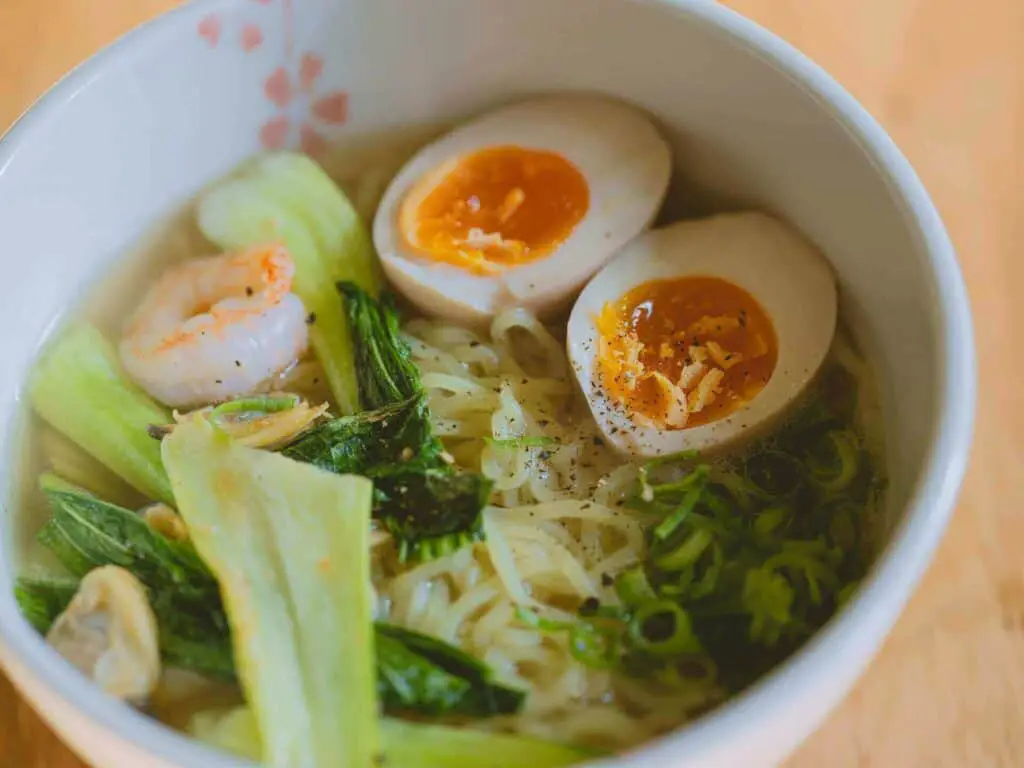
How Many Calories Are in Noodles?
People who are concerned about the high amount of calories in seasoning shouldn’t worry. The truth is that the seasoning is healthier than the ramen noodles.
There are high sodium levels in instant noodles, and most calories come from fat and carbohydrates. Based on the information on the website My Food Data, one packet of noodles (without the spices) has about 300 calories.
The total fat is 18%, while the quantity of total carbohydrates is 37 grams. Even though noodles contain 6 grams of protein and 2.7 milligrams of iron, there are still 1,100 milligrams of sodium which is almost 50 percent of your daily value.
Therefore, one doesn’t have to be concerned with the level of calories in seasoning but in noodles.
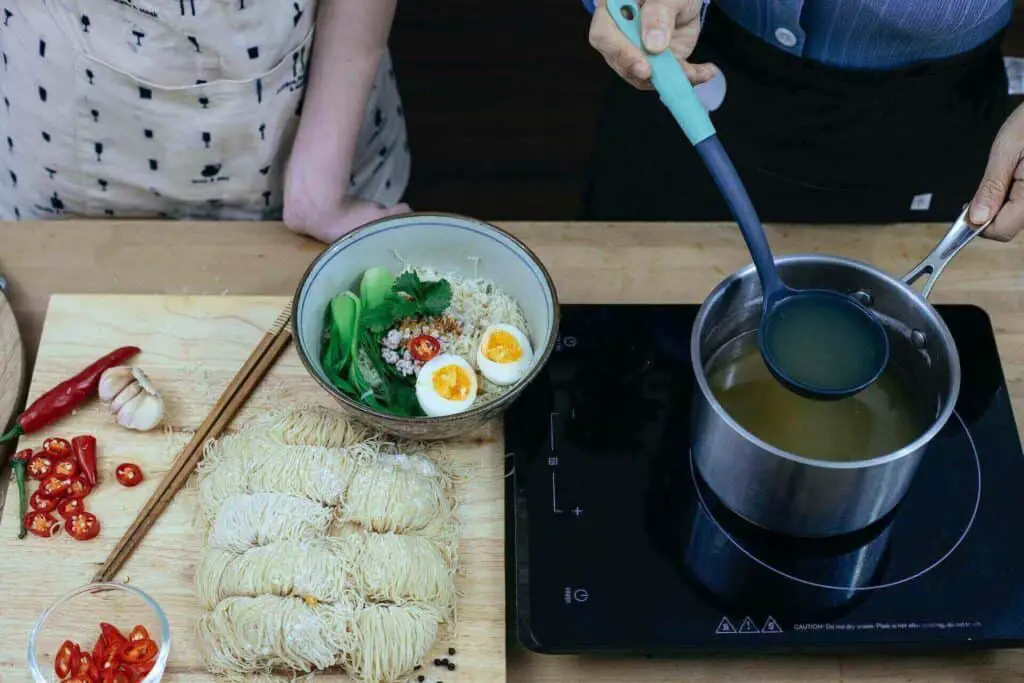
How Much Ramen Seasoning Should You Add to the Noodles?
Nothing is set in stone, and that applies to the ramen seasoning you should add to the broth. The most important thing is to make it delectable and tasty. The core ingredients, such as eggs, vegetables, and meat, shouldn’t lose their flavor due to the overpowering spices. Also, be aware of how much water you add and the number of noodles you are using. If you add more water, it is possible that the dish will taste better with more spices.
However, the best practice is to start small. While cooking, stop and try the broth and noodles. In this way, you will know what is lacking. You have to be your own judge of the taste since you will be eating the meal.
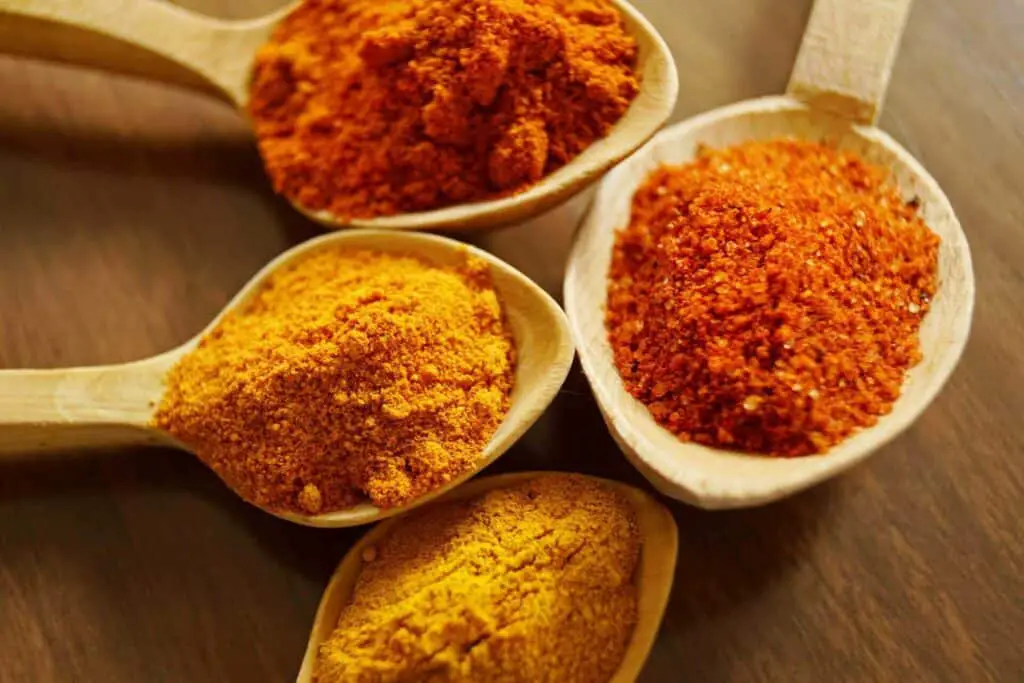
What Can You Add to Make Ramen Spicy?
If you want to eat a bowl of piping-hot ramen that will taste savory as well as zesty, you will need to add additional spices that are not included in the small sachet in the packet of noodles. Incorporating in the recipe a few hot flavoring agents would make ramen spicier. For lovers of hot food, these spices will make ramen piquant:
- Chili powder,
- Peppers (Ghost peppers, jalapenos, serrano peppers, scorpion peppers),
- Fresh ginger,
- Fresh garlic,
- Red pepper flakes,
- Hot chili oil,
- Cayenne pepper,
- Sriracha sauce.
How Can You Make Homemade Ramen Seasoning at Home?
Making a delectable dish is quite easy to do at home – all one needs is the perfect selection of spices. Before you begin making your own seasoning, purchase the right ingredients. We will help you. Here is a chart with all the ingredients that you require.
| Ingredient | Quantity |
| Garlic powder | 2 tablespoons |
| Onion powder | 2 tablespoons |
| Poultry seasoning | 2 tablespoons |
| Chicken-flavored bouillon cubes | 2 |
| Black pepper | 1 teaspoon |
Once you have everything for making a perfect mixture of spices, you can begin by crushing the bouillon cubes into powder. There are many ways how you can do it, but it would be ideal to use a food processor.
The next step is to take a bowl and mix all the ingredients. Add the two tablespoons of garlic powder, onion powder, and poultry seasoning.
Finally, put just one teaspoon of black pepper. Once you mix it all together with a spoon, put it in an airtight jar, so you can use the mixture whenever you cook ramen.
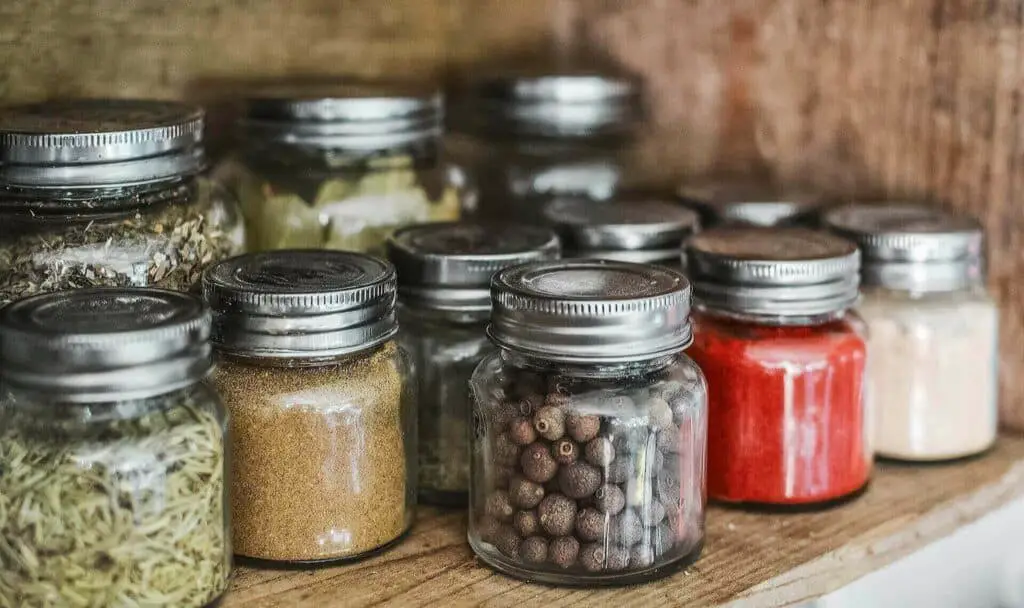
Use Various Spices Based on Your Liking Since They Don’t Contain a Lot of Calories
Ramen seasoning is estimated to have ten or fewer calories and this amount is insignificant compared to other ingredients such as instant noodles, meat, and vegetables. Therefore don’t shy away from mixing different spices and creating your own mixture at home.
The most delicious and delectable broths contain black pepper, garlic powder, paprika, ginger powder, and red pepper. Also, if you are into hot foods, adding chili powder, fresh ginger, or fresh garlic will make the dish piquant and incredibly appetizing.